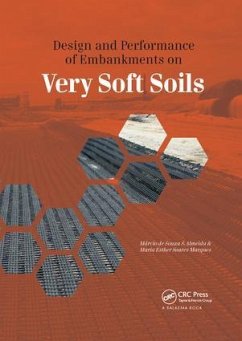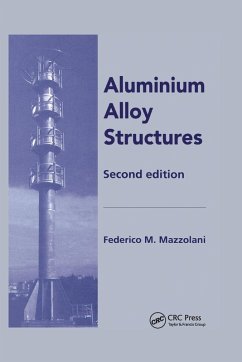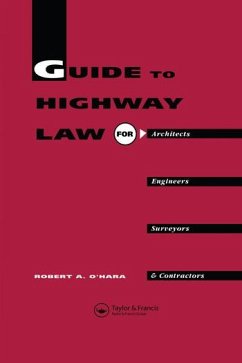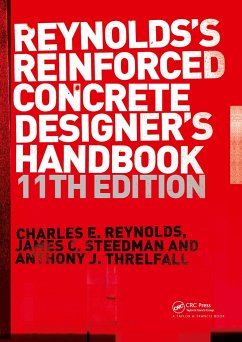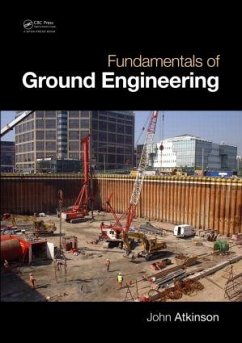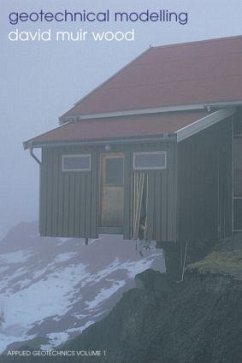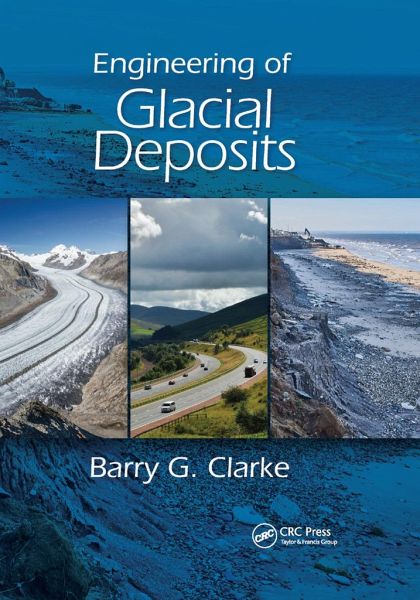
Engineering of Glacial Deposits
Versandkostenfrei!
Versandfertig in 1-2 Wochen
70,99 €
inkl. MwSt.

PAYBACK Punkte
35 °P sammeln!
Glacial soils are composite soils with significant variations in composition and properties and are recognised as challenging soils to deal with â and they do not always conform to classic theories of soil mechanics. This book for designers and contractors brings together many years of experience of research in both earth scienc





